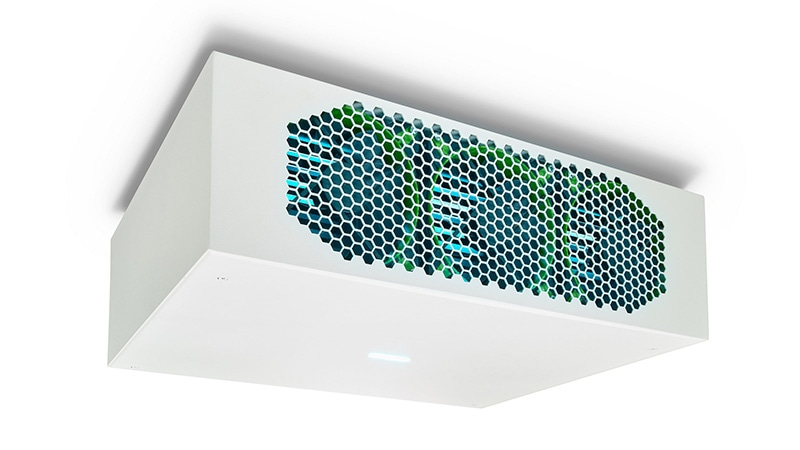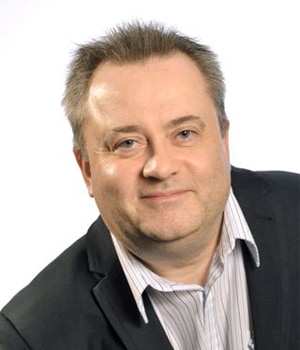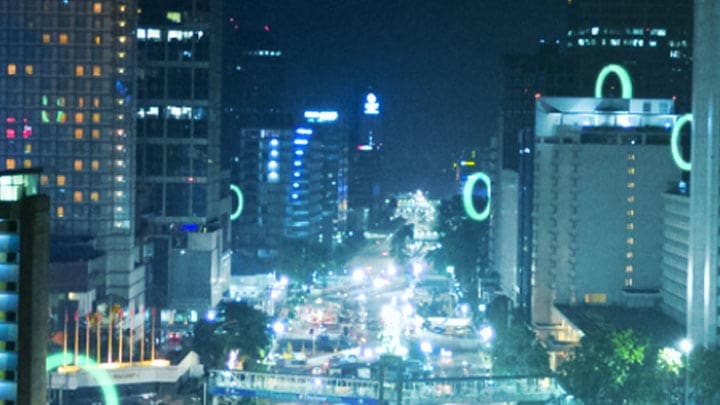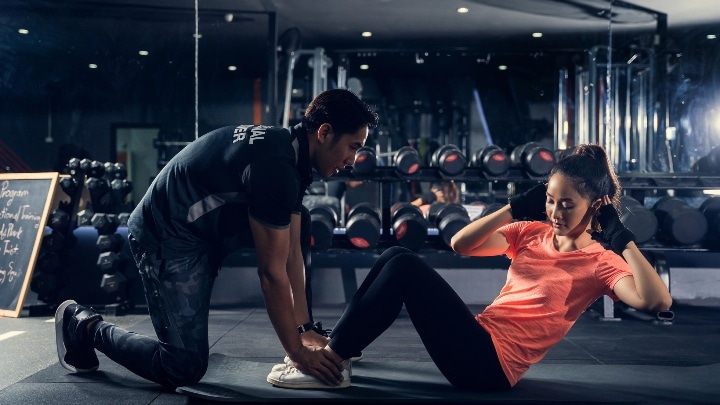January 10th, 2022
The risk of infection from the virus causing COVID-19 remains at an all-time high. In Wales, at the time of writing this, the number of cases from the Omicron variant are on a sharp rise.
This rise in cases and fear of increasing infections are pushing schools to move to online blended or remote learning. The National Director for Health Protection and Screening Services for Public Health Wales said these cases are expected to rise. The ongoing fear of infection from COVID-19 has changed life as we knew it back in 2019. In fact, the Department for Education (DfE) estimates that 2.6% of all pupils – more than 208,000 children – were not in class for reasons connected to coronavirus on November 25th. This was up from more than 130,000 children, or 1.6% of all pupils, on November 11, 2021. So, there is no doubt the spectre of COVID-19 and its variants is not going away anytime soon.
Given the ongoing fear of infection, there is a renewed focus on ensuring that workplaces, facilities, and all manner of public spaces are safe to use. Highly frequented places like supermarkets, schools, and offices, can become an incubator as some cold and flu viruses can survive on surfaces for up to 72 hours. As we adjust to this new reality, good hygiene practices and proper ventilation have become a prerequisite in our everyday routines - there is now an increasing demand for effective disinfection solutions to avoid unnecessary restrictions on any environment. So, the government has been trialling several measures to combat the spread of COVID 19.
Recently the Welsh government announced plans for a £6m investment in anti-COVID technology for schools and classrooms. This included 30,000 CO2 sensors and 1,800 ozone disinfecting machines. While a step in the right direction, the plan to install ozone machines was scrapped soon after being announced over concerns about being "highly harmful" to children. The Welsh government now plans to invest the funds to improve ventilation in schools and colleges instead. As reported on the BBC, David Evans, the National Education Union Cymru's secretary, welcomed the ventilation investment for schools, saying it was "critical to ensuring that education can remain open over the winter for as much of the time as possible". Business Wales, too, recognises that good ventilation can help reduce the spread of COVID-19 in the workspace. This helps reduce the risk from aerosol transmission and the spread of COVID-19 in an enclosed space and supports a safer return to the workspace, schools and other locations.







